
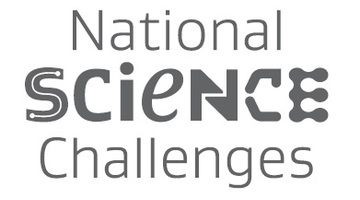
As New Zealanders looking to the future, we are faced with many opportunities – and challenges. These include improving the health of all our people, advancing our economic growth, protecting our ...
READ MORE

In a corner of a laboratory at Massey University’s Institute of Technology and Engineering, plants are growing under bright lights. They look out of place amongst all the high-tech equipment, yet ...
READ MORE

Zealong is New Zealand’s only commercial tea plantation. Zealong grows, processes and packages its tea in New Zealand and markets it as a niche product around the world including traditional ...
READ MORE

Genetic modification has been used in Aotearoa New Zealand since the 1970s. It is used in research laboratories and in contained field tests, in some medicines and medical research and as part of ...
READ MORE
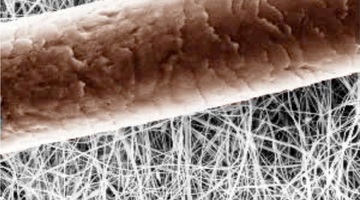
This activity introduces students to size and scale. These concepts are important in forming the necessary cognitive framework for making sense of nanoscience. Size and scale are important in ...
READ MORE

We hear the word ‘innovation’ used a lot today, but it is often used to mean different things. In this activity, students clarify their understanding of innovation by exploring how it is ...
READ MORE
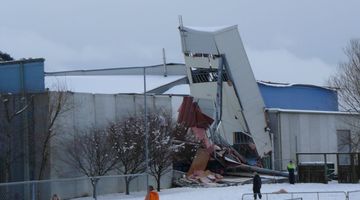
Large snow events in most parts of New Zealand are uncommon. However, if you are in the South Island or the central North Island, this citizen science project could be a great one for your ...
READ MORE

RNA interference (RNAi) is a biological process in which RNA inhibits gene expression. It is a natural process in cells. As a biotechnology tool, RNA interference ‘silences’ a gene by using a ...
READ MORE

When St Francis Xavier Catholic School decided on the theme ‘Innovation’ as a whole-school science and technology focus, year 3 teacher Jo Collyer began searching for relevant teaching resources ...
READ MORE
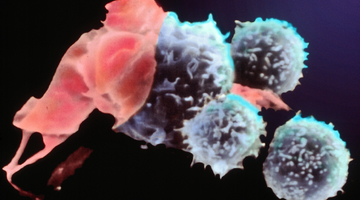
Our bodies have a defence system against pathogens that make us sick. This defence system is made up of cells, tissues and organs that work together to protect us. It is known as the immune ...
READ MORE
Prof Richard Haverkamp, of Massey University, outlines why he uses plants to make gold nanoparticles. There are also views of Dr Aaron Marshall and the electrolysis equipment used to test ...
READ MORE
Prof Richard Haverkamp, of Massey University, explains why gold is a better catalyst than platinum for producing hydrogen from methane.
READ MORE
Prof Richard Haverkamp, of Massey University, gives an overview of how fuel cells work, and why he is looking into a potential military application.
READ MORE
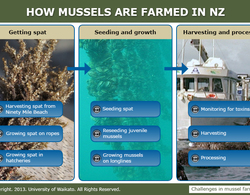
Green-lipped mussels are New Zealand’s major aquaculture species. In this interactive, Professor Andrew Jeffs (Leigh Marine Laboratory) describes the key stages in farming green-lipped mussels ...
READ MORE

Green-lipped mussels are New Zealand’s major aquaculture species. In this interactive, Professor Andrew Jeffs (Leigh Marine Laboratory) discusses some of the challenges faced by New Zealand’s ...
READ MORE
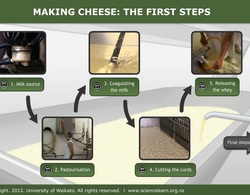
This interactive explains the first steps in the process of making traditional Gouda cheese.Click on the labels to watch the videos and for more information. Find out more about the final steps ...
READ MORE